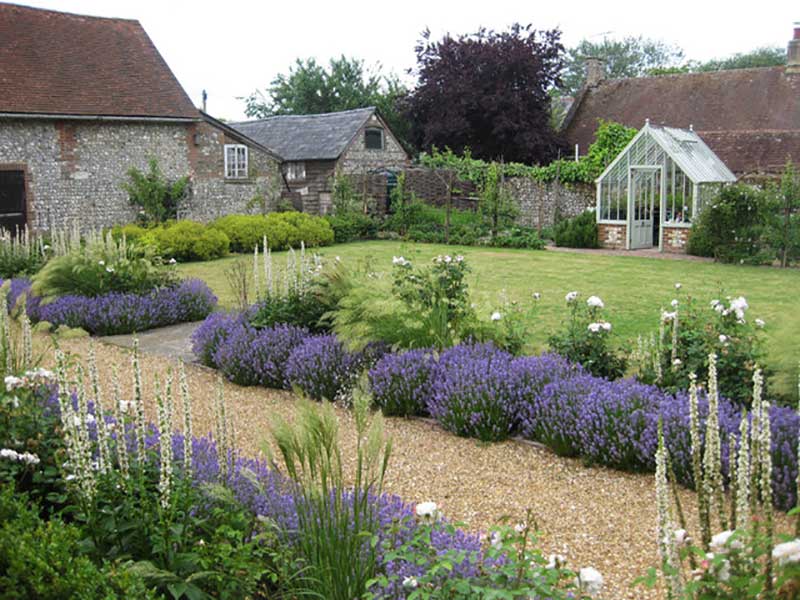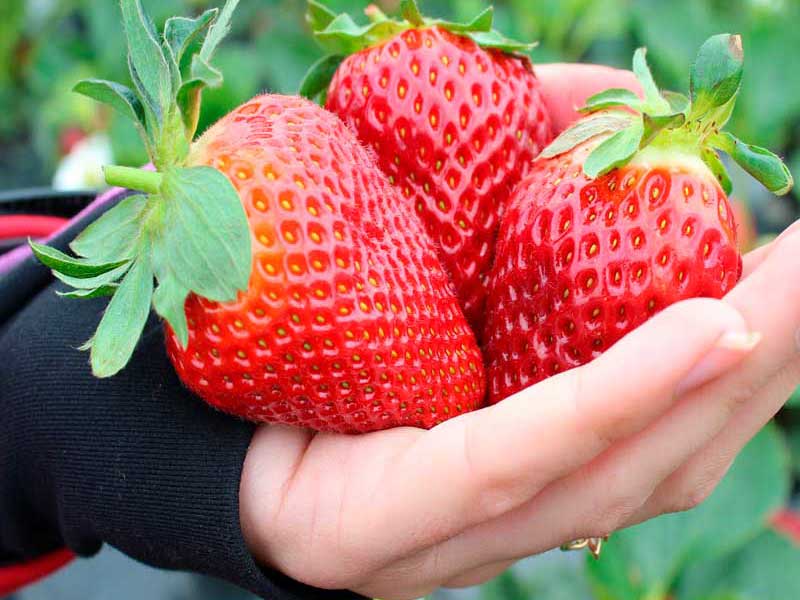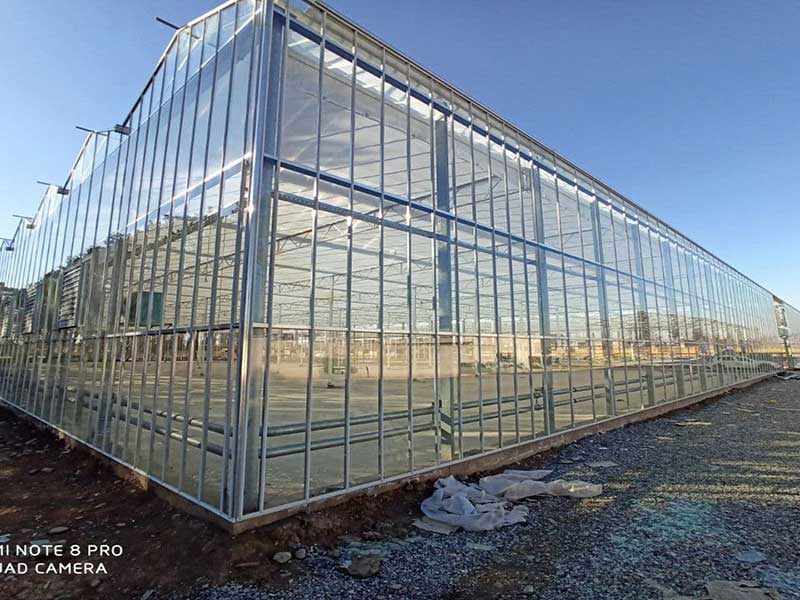The effect of irrigation on the growth of greenhouse plants
One of the most important items in the growth and cultivation of flowers and plants is the time of watering and also its amount. If the amount and time are observed, better flowers and plants will be obtained.
Dehydration in plants can be seen in the form of symptoms such as stopping growth, smaller leaves, shortening of the distance between nodes, deformed leaves, burning of leaf margins and leaf fall in plants sensitive to leaf fall. Symptoms of lack of water in chrysanthemum include darkening of the leaves and graying of the leaves in begonia.
Waterlogging in the form of symptoms such as increasing the height of the plant, watery stem and becoming soft and fragile and sometimes wilting and death of the plant (exposed to light), reduction of oxygen and damage to the roots and lack of absorption of water and nutrients and eventually wilting and stopping growth. Appears.
Overwatering does not mean using too much water in each round of irrigation, but it indicates the frequency of using water.
In winter, plants are exposed to cloudy weather for a long time, and usually they are exposed to sunny weather for one or two days. Plants that are accustomed to low light cannot quickly respond to high light intensity, as a result, the small amount of water that is absorbed through the roots cannot compensate for the amount of water lost through transpiration, and wilting occurs in In this case, it may be thought that the plant needs watering, but watering makes the problem more acute. Digging the soil shows that the soil is moist but cold. So the cold is the main factor and the roots cannot absorb water.
Watering time:
Irrigation management is the main factor in the success of cultivation. The moisture requirements of the plant differ with the stage of growth. A seedling needs less water than an adult plant. The season affects the amount of water needed. The amount of water needed in summer is more than in winter. The type of growing medium used, the heating system, the type of pot and the type of product also affect the amount of water required. The best way to guide the farmer for irrigation is to use the experiences of the past years, how much water was used and how the plant reacted to it. The easiest way is to use a blood pressure monitor.
The land or pot should be well watered at the right time. Incomplete irrigation (for example, if half of the required water is given) causes only the upper half of the soil surface to be wet and the other half to remain dry, and the plant needs re-watering earlier than the scheduled time. And repeating this action causes damage to the root and its destruction. The amount of external water from the pot should be about 10-15% of the water given to the pot in order to wash the salts from the soil and prevent its accumulation.
In general, each square meter of planting bed with a depth of 1 cm needs 1.1 liters of water and each square meter of planting with a depth of 18 cm needs 20 liters of water.
pH of irrigation water:
The best pH varies between 5.5 and 7. Soft sawdust and peat or peat containers reduce the pH of water and make it acidic.
Irrigation systems:
In greenhouses, different methods are used for watering plants, the most important of which are briefly described.
- Manual irrigation: Manual irrigation is the most basic and common method. Its disadvantages include increased labor costs, waste of time, soil washing and splashing of flowers on plant shoots. In this method, the whole greenhouse should be piped and the water taps should be done on both sides of the ground surface because the water pressure will wash the soil surface and compact it. The water pressure is reduced by using the hose head.
- Drip irrigation: In this irrigation method, plastic pipes and polyvinyl chloride are used (the second type of pipe does not need a guardian and does not anchor). Depending on the temperature, type of soil and plant, about one liter of water per square meter is required. Among the advantages of this method, we can mention the washing of soil salt, saving water through direct distribution of water around the roots, and facilitating fertilization.
- Mist irrigation: In this method, water is spread in the form of small drops in the cultivation environment of some ornamental plants and cuttings. The intermittent distribution of water reduces the temperature and increases the humidity around the cuttings, and ultimately reduces evaporation and transpiration.
-Underground irrigation: in this method, more water is available to plants with the property of capillarity. In the method of direct plant cultivation, a clay tube is placed in the lower part in the shape of 8. They pour some pebbles on the bottom of the bed and add soil to it, and then plant the plants inside. In spring, summer and early autumn, irrigation is done by flooding the bed and excess water is removed.
Other methods of irrigating the growing bed of greenhouse plants are the following methods: rain irrigation, gravity irrigation (microdrip), light irrigation, dynamic misting.











